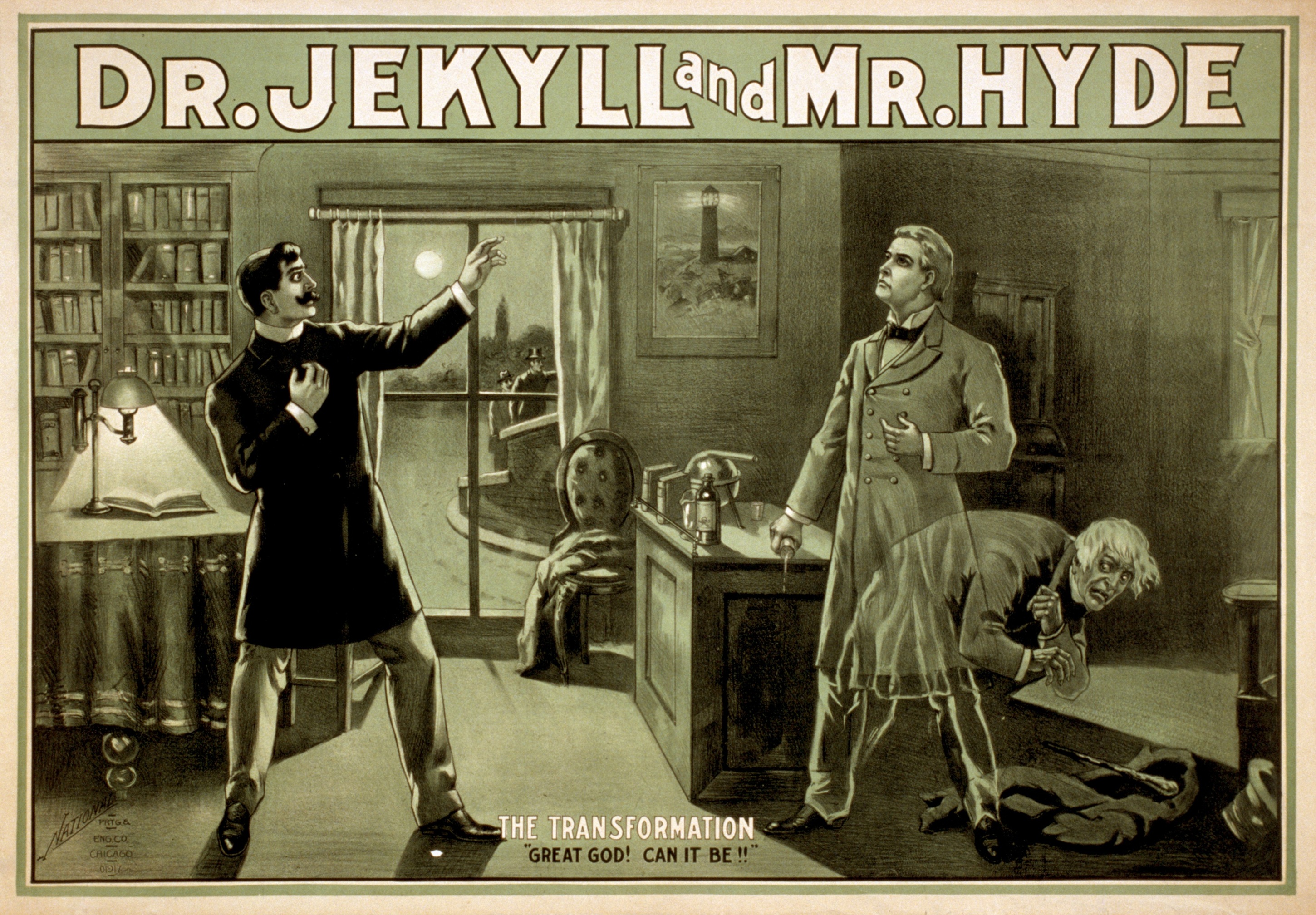Full disclosure: Neti Pot is the name of one type of device used for a nasal saline rinse. I haven’t actually tried this type of device. Since I didn’t think I was coordinated enough to use an actual neti pot, I use the squeeze bottle style device.
I heard a lot of buzz about using neti pots, but I was skeptical. Two things convinced me to try them: 1) my good-ole-boy, no-nonsense, former law-enforcement-officer (LEO) friend said he’d been doing it for years and it had made a big difference for him [although he wasn’t using an actual neti pot – he was doing a redneck-style nasal rinse]; 2) several doctors recommended that I try it, and then the VA prescribed me a starter kit.
The starter kit consisted of a squeeze bottle, packets of saline mix, and instructions.
But I still wanted more information, so I googled “how to use a neti pot,” and watched several videos. See the end of this article for one such video.
It is not difficult to do a saline rinse (although I haven’t tried fumbling with a slippery-when-wet ceramic neti pot). However, after having done saline rinses for several years now, I have found various ways to screw it up, which I list below. In my defense, I usually do a saline rinse when I have been exposed to allergens and am having an allergic reaction which, in my case, typically includes “brain fog” (cognitive impairment). Thus, I have inadvertently discovered various ways to screw up the process.
Mistakes I have made:
- Not warming up the water (Cold! So cold! Shocks the sinuses)
- Warming up the water too much (Hot! Ouch!)
- Forgetting to add the saline (Burning sensation, very unpleasant)
- Adding two packets to one dose of water (Different burning sensation, very unpleasant – recommend greater attention to detail) [If you make this mistake, shake up the solution well then pour out half into a clean container and add the right amount of water to the bottle and the container to make each 8 ounces – this should give you the right concentration.]
- Not shaking up the bottle to dissolve and mix in the saline (burns when you reach a high saline portion of the water)
- Not screwing down the nozzle tight enough (water leaks out)
- Screwing nozzle too tight (bottle can’t equalize the pressure and stays collapsed, making it very difficult to get the remainder of the water out)
- Tilting head too far back (water runs down the back of your throat)
- Rinsing both nostrils with only one 8 ounce dose (I didn’t realize at first that you are supposed to use a full 8-ounce dose on each side, so you do the full bottle on one side and then repeat the process for the other side.)
Mistakes I have NOT made:
- Forgetting or neglecting to thoroughly clean and dry the bottle & nozzle (mold can form if the device is not properly cleaned and dried – no one wants to spray mold into their sinuses)
- Just using regular salt (commercial manufacturers add baking soda to get the right pH)
- Just using regular tap water. See Warning below.
How I do a nasal saline rinse:
- I gather my supplies (squeeze bottle and nozzle, two saline packs, filtered water, measuring cup, tissues).
- I heat 2 cups (16 ounces; ~500 ml) of water in a Pyrex measuring cup in the microwave for between 30-45 seconds (until it is warm but not hot). I use a Pyrex measuring cup because it is microwave-safe, has a small lip for pouring liquids, and is glass, not plastic. Heating plastics in the microwave can release harmful chemicals.
- I take the warm water to the bathroom sink, where I pour half of it (8 ounces; ~250 ml) into the nasal rinse squeeze bottle. (The bottle is soft plastic. It could be releasing chemicals for all I know, but I have decided I’d rather risk that than risk growing mold inside a neti pot where I can’t see it, or risk dropping a ceramic neti pot. You do you. Also, manufacturers recommend the bottle be replaced every 3 months)
- Next, I add one packet of pre-mixed saline to the squeeze bottle containing the water, screw on the nozzle, and shake vigorously. CAUTION: Place a finger over the hole in the nozzle before shaking.
- Once the saline is well mixed, I lean over the sink, tilt my head sideways and down, open my mouth, insert the nozzle tip into a nostril, and begin to gently squeeze the bottle. [Your head should be tilted to the side, and whichever nostril you are using first should be on the high side.] Water should run through your sinuses and exit the *other* nostril [the nostril on the low side]. Some people complain that the water runs down the back of their throats and they find that very unpleasant. If that happens to you, remember to keep your mouth open while using whatever nasal saline rinse device you are using (to help equalize pressure), and keep your head tilted down over the sink. Breathe through your mouth.
- You will probably need to remove the nozzle from your nostril at least once to allow the pressure in the bottle to equalize so that you can continue to squeeze the contents out of the bottle. Remember to keep your head over the sink during this process or you will drip from your nose onto the countertop or floor. Once the bottle “re-inflates,” tilt your head sideways and down, place the nozzle opening in the high side nostril again and continue until the bottle is as empty as you can get it.
- At this point, I set down the empty bottle, press my thumb against the outside of the nostril through which I’ve been running the saline solution (the high side nostril), press the nostril shut, and blow my nose into the sink. This helps clear the saline solution (and gunk) from my nasal passages.
- I will then take a tissue or two and blow my nose until no m0re water or gunk comes out.
- Then repeat the process on the other side by mixing more solution in the squeeze bottle, etc. and then tilting your head to the *other* side, so that the nostril that was low before is high now, and place the nozzle in the high nostril (so, for example, if you placed the nozzle in your left nostril first, place it in the right nostril now). Repeat all the steps that you did for the first nostril.
- Clean and dry the measuring cup, bottle/neti pot, and nozzle afterward. I store the nozzle separate from the bottle, so that both are able to fully dry and no moisture gets trapped inside.
TIP: Some people prefer to do their nasal saline rinse in the shower, rather than over the sink. If you are concerned about making a big ole mess, you might try that instead.
WARNING: Do not forget to thoroughly rinse the measuring cup, squeeze bottle or neti pot, and nozzle, and to dry them thoroughly after each use. You DO NOT want mold to grow on any of these items.
WARNING: PEOPLE HAVE GOTTEN HORRIBLE INFECTIONS FROM USING TAP WATER to do a nasal saline rinse, because “Tap water generally has small amounts of bacteria, protozoa, and other microorganisms, including amebae. These are fine to swallow because stomach acid kills them, but they should not go into the nasal passages. If they do, they can remain alive and eventually cause serious infections.” Always use distilled or at least filtered water to do a nasal saline rinse. (You can read the FDA guidelines here .) This article provides a good overview as well, as does this one.
CAUTION: Do not share a neti pot or squeeze bottle with anyone else. Gross!
If you’re skeptical about the value of nasal saline rinses, you can read more about their utility here:
I personally do not do a nasal saline rinse every day, although my doctor recommended it, because I read research that indicated that daily use might actually be harmful. Basically, the research said that prolonged daily use could deplete the protective layer of mucus in your nose that helps prevent infections. Instead, I do a nasal saline rinse on an as-needed basis whenever I am exposed to an airborne allergen such as dust, mold, pollen, or fragrances, or when I have nasal or sinus congestion. Talk with your doctor, do your own research, and decide what is best for you.
More info about nasal saline rinses here.
TL;DR: Here’s a video on how to use an actual neti pot:
Feel free to share your experiences of using a nasal saline rinse in the comment section.










